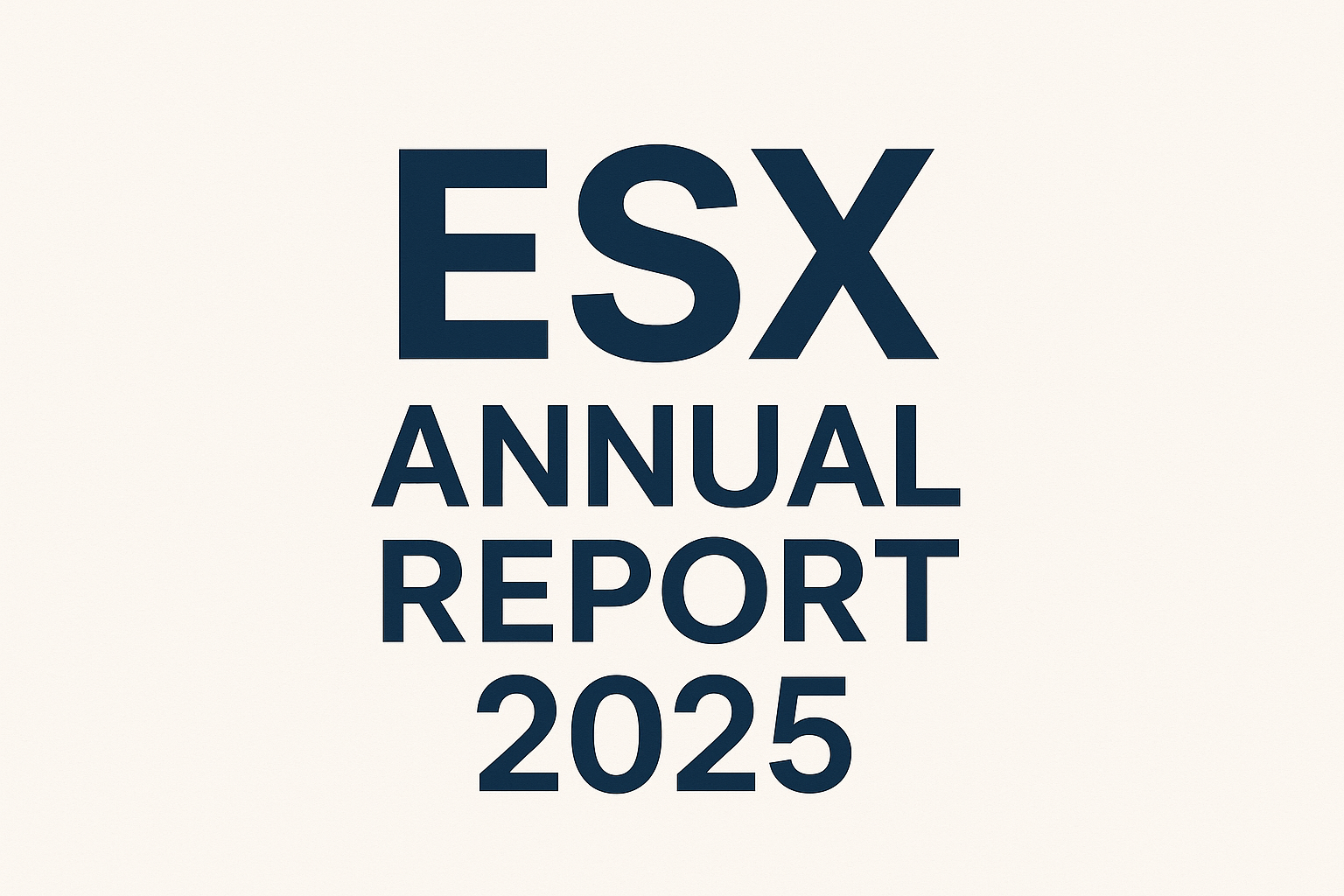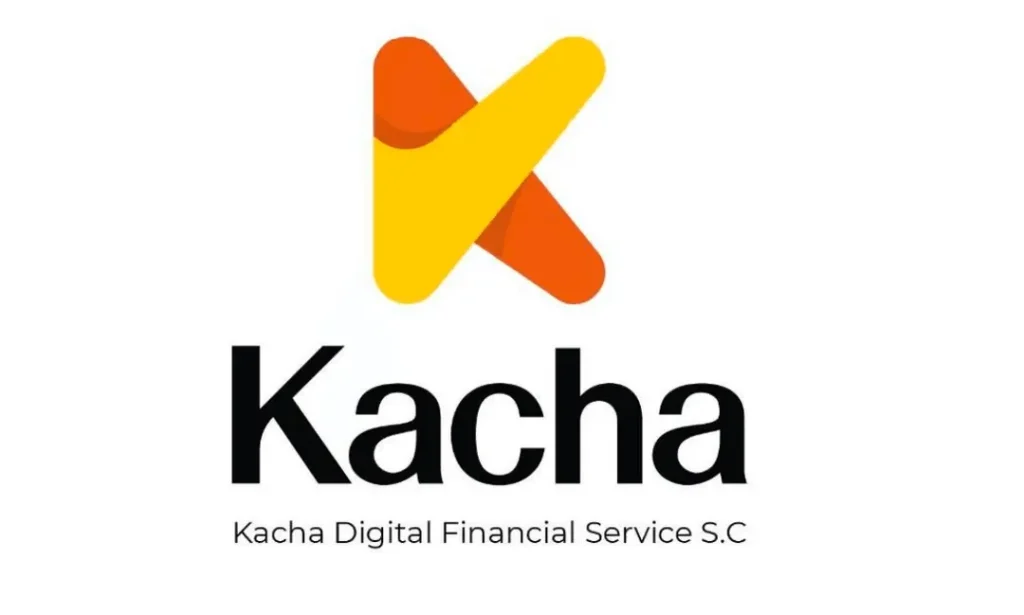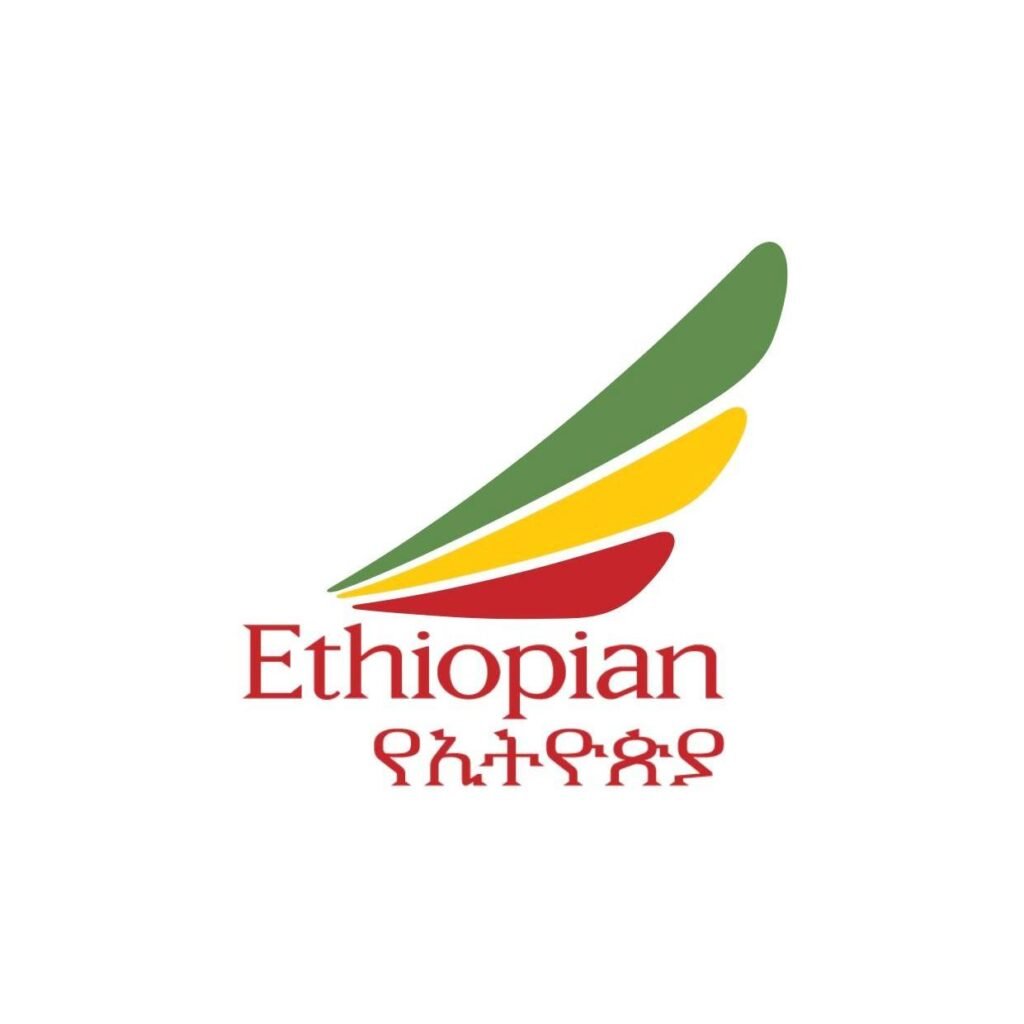Ethiopia Moves Forward With Continent’s Tallest Skyscraper Project
Addis Ababa, Ethiopia
The Ethiopian government has officially revived plans to construct the Addis Ababa Iconic Tower, which at 450 meters would become the tallest building in Africa upon completion. The $500 million project, now scheduled to begin construction in early 2026, represents a major statement of economic ambition for the East African nation.
The 99-story mixed-use tower will feature multiple components spread across its massive frame. Twenty floors will contain premium office space, including new headquarters for Ethiopian Airlines. Thirty-five floors have been designated as luxury residential units, with prices starting at $500,000. A 300-room five-star hotel operated by an international brand will occupy significant space in the tower. At 420 meters above ground level, an observation deck will offer visitors panoramic views of the capital city. The design also incorporates a state-of-the-art conference center capable of hosting African Union summits and other major diplomatic events.
Project director Tewodros Assefa described the vision behind the tower as creating “a vertical city that showcases Ethiopian innovation and ambition” rather than simply constructing another skyscraper. The design includes sustainable features such as solar panel façades and greywater recycling systems to address environmental concerns.
The relaunch of this megaproject coincides with several positive economic developments for Ethiopia. The country has successfully implemented its 2022 peace agreement and completed debt restructuring under the G20 Common Framework. Foreign direct investment reached $4.1 billion in 2024, creating favorable conditions for large-scale developments. Finance Minister Ahmed Shide emphasized the tower’s strategic importance in positioning Addis Ababa as East Africa’s premier business and diplomatic hub, capable of competing with regional centers like Nairobi, Cairo, and Johannesburg.
Funding for the $500 million project comes from multiple international and domestic sources. China State Construction Engineering Corporation has committed to providing 40 percent of the required capital, while UAE-based Eagle Hills Properties will contribute 30 percent. The Ethiopian government’s share stands at 20 percent, with the remaining 10 percent coming from private pre-sales, primarily to investors from Gulf states and Asia. Major tenants already secured include Ethio Telecom, which will occupy fifteen floors, and the Djibouti Ports Authority, which plans to establish its regional headquarters in the tower. The African Development Bank is currently reviewing a $150 million loan application to support necessary infrastructure upgrades related to the project.
Constructing Africa’s tallest building in Addis Ababa’s high-altitude location presents unique engineering challenges that require specialized solutions. The tower’s tapered design has been optimized to minimize wind loads at 2,355 meters above sea level. Advanced base isolation systems will provide protection against seismic activity in the geologically active region. Project planners have committed to sourcing 85 percent of construction materials locally to support domestic industries. A workforce development program is currently training 5,000 Ethiopian workers in specialized skyscraper construction techniques to ensure sufficient labor capacity.
Lead engineer Zhang Wei explained that while the design team studied global supertall towers like Dubai’s Burj Khalifa for reference, the Addis Ababa Iconic Tower would be “Africa’s first truly indigenous skyscraper of this scale,” incorporating local architectural elements and construction expertise throughout the development process.
The project has drawn criticism from some economists and urban planners who question its economic priorities. These critics note that the $500 million investment could alternatively fund approximately 50,000 affordable housing units to address the country’s significant housing shortage. Concerns about market demand persist as only 12 percent of current pre-sales have gone to African buyers. Additional skepticism focuses on whether Addis Ababa’s existing infrastructure can support such a massive development without significant upgrades estimated to cost $2 billion.
Urban planner Meron Abebe offered particularly pointed criticism, describing the tower as “architectural nationalism” and arguing that Ethiopia should focus on industrial development rather than symbolic construction projects at this stage of its economic development.
The Iconic Tower project enters a competitive regional landscape where several African nations have pursued similar landmark developments. Morocco’s Al Noor Tower currently holds the title of Africa’s tallest building at 380 meters since its completion in 2023. Egypt’s 400-meter Oblisco Capitale is currently under construction, while Kenya’s 300-meter Pinnacle Towers project remains stalled due to financial challenges, serving as a cautionary tale for ambitious skyscraper projects in developing economies.
Economic analysts project significant benefits if the project reaches completion by the 2030 target date. The construction phase and subsequent operation could contribute a 5 percent boost to Ethiopia’s GDP through direct and indirect economic activity. Business tourism is expected to increase by 30 percent following completion, while the project will create more than 50,000 direct and indirect jobs during construction and operation. Beyond these tangible benefits, the tower would serve as a powerful symbol of Ethiopia’s economic aspirations and growing regional influence.
Several key challenges remain as the project moves toward final approvals expected by December 2025. Securing the remaining $200 million in financing represents the most immediate hurdle. Project planners must also carefully manage inflation and currency exchange risks in Ethiopia’s evolving economic landscape. The government faces the difficult task of balancing this prestige project with pressing infrastructure needs throughout the city. Learning from the experience of similar projects in the region, particularly Kenya’s troubled Pinnacle Towers development, will be crucial to avoiding costly delays and setbacks.
Real estate analyst James Mwangi summarized the high-stakes nature of the project, noting that the Iconic Tower will “either become Ethiopia’s Eiffel Tower or its white elephant,” with the coming year proving decisive in determining which outcome prevails.







